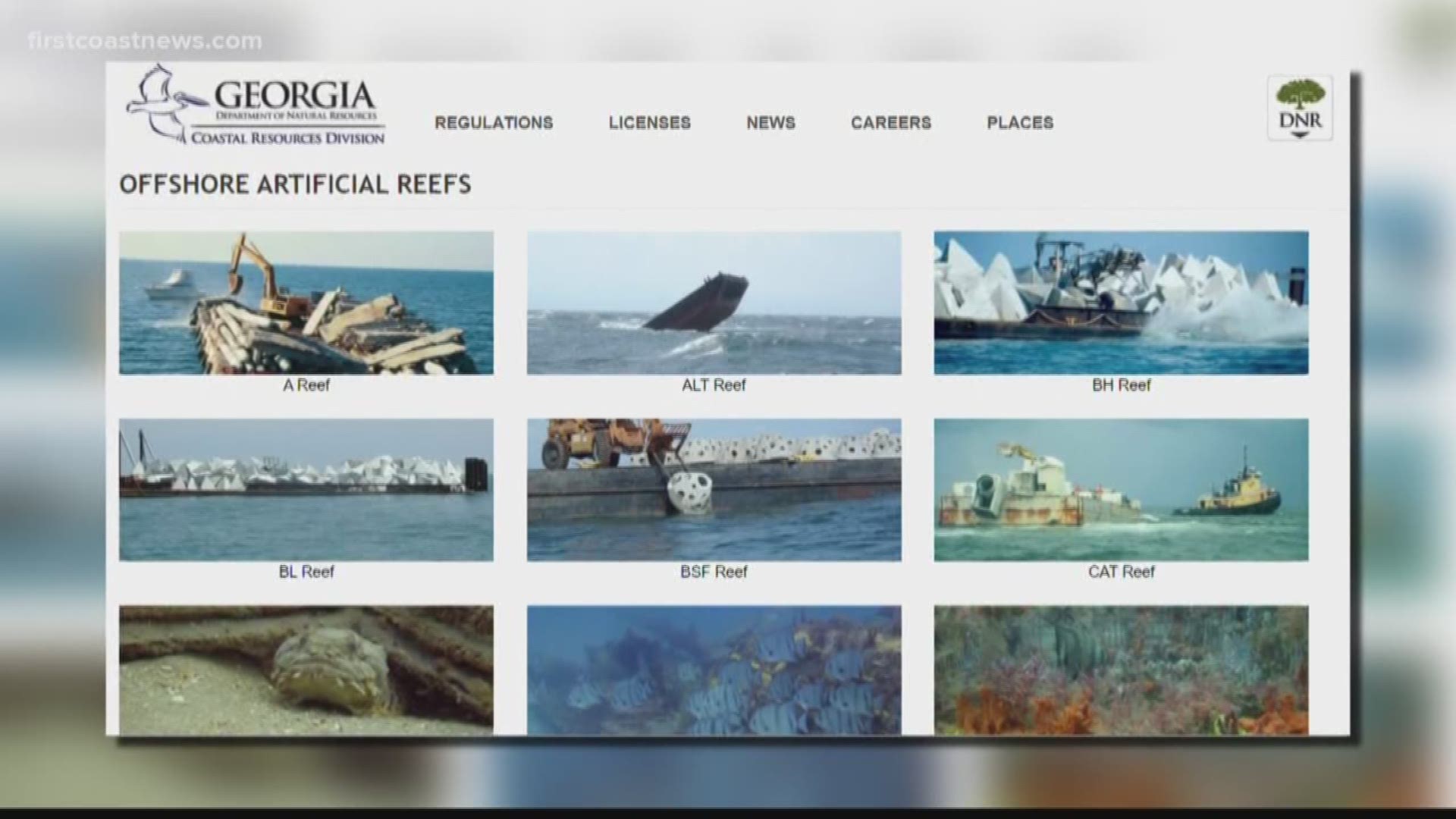A piece of a capsized cargo ship is now a part of the ecosystem Thursday.
On Monday, salvage companies dumped the Golden Ray’s propeller and rudder into an artificial reef 20 miles off of the Georgia coast.
Experts say the weight of the propeller, propeller shaft and rudder was causing the Golden Ray to buckle. That’s why it was taken off and used as part of an artificial reef network.
Paul Medders, the unit leader of the artificial reef program with the Georgia DNR says the seafloor off of the coast of Georgia is not ideal for reef growth.
“Like one mile of distance is one foot of elevation change, it’s low sloping," Medders said. "With the sand, there are no hard corals growing on that with the exception of a few places.”
Medders says that’s why many different materials, including the Golden Ray’s propeller and rudder, are used in these reef networks.
30 different reef networks can be found in many places off of Georgia’s coast.
“We have a lot of sponges and sea fans, hard corals that grow on it," Medders said. "All of those things build the reef community, the fish come to eat off it, the larger fish come and eat them, we’re building a food web.”
It’s an effort that’s been ongoing for decades.
Medders says materials are often donated to grow existing reefs. Reefs that are good for not just the fishes, but the entire food chain.
“You get places for small fishes to hide, you provide places for sea turtles to seek refuge," he said. "We’re not only providing habitat for fish, but we’re providing opportunity for anglers and divers as well."
If you’re interested in fishing by artificial reefs, you can find the different reefs and GPS coordinates for each reef on the DNR’s website. Medders says they can be downloaded to any GPS system.

